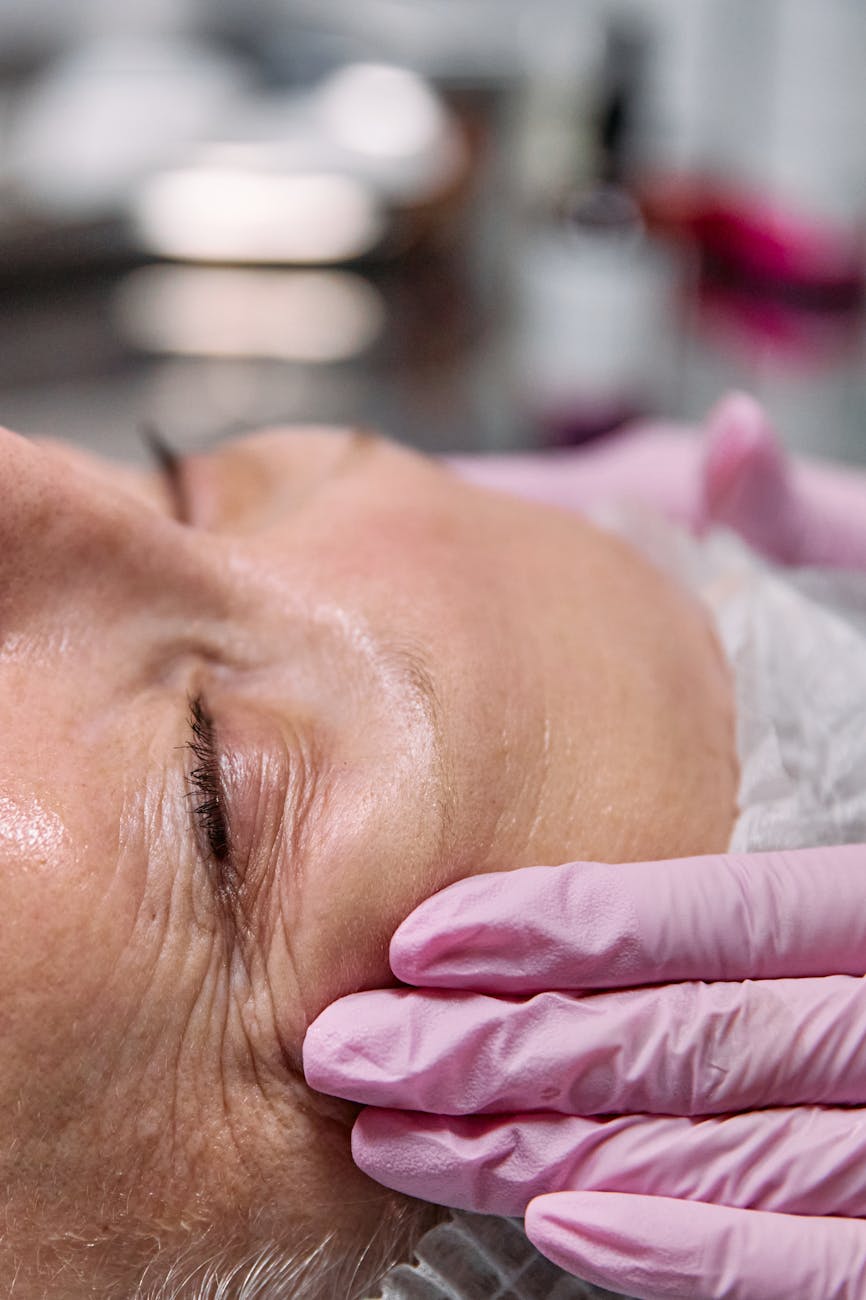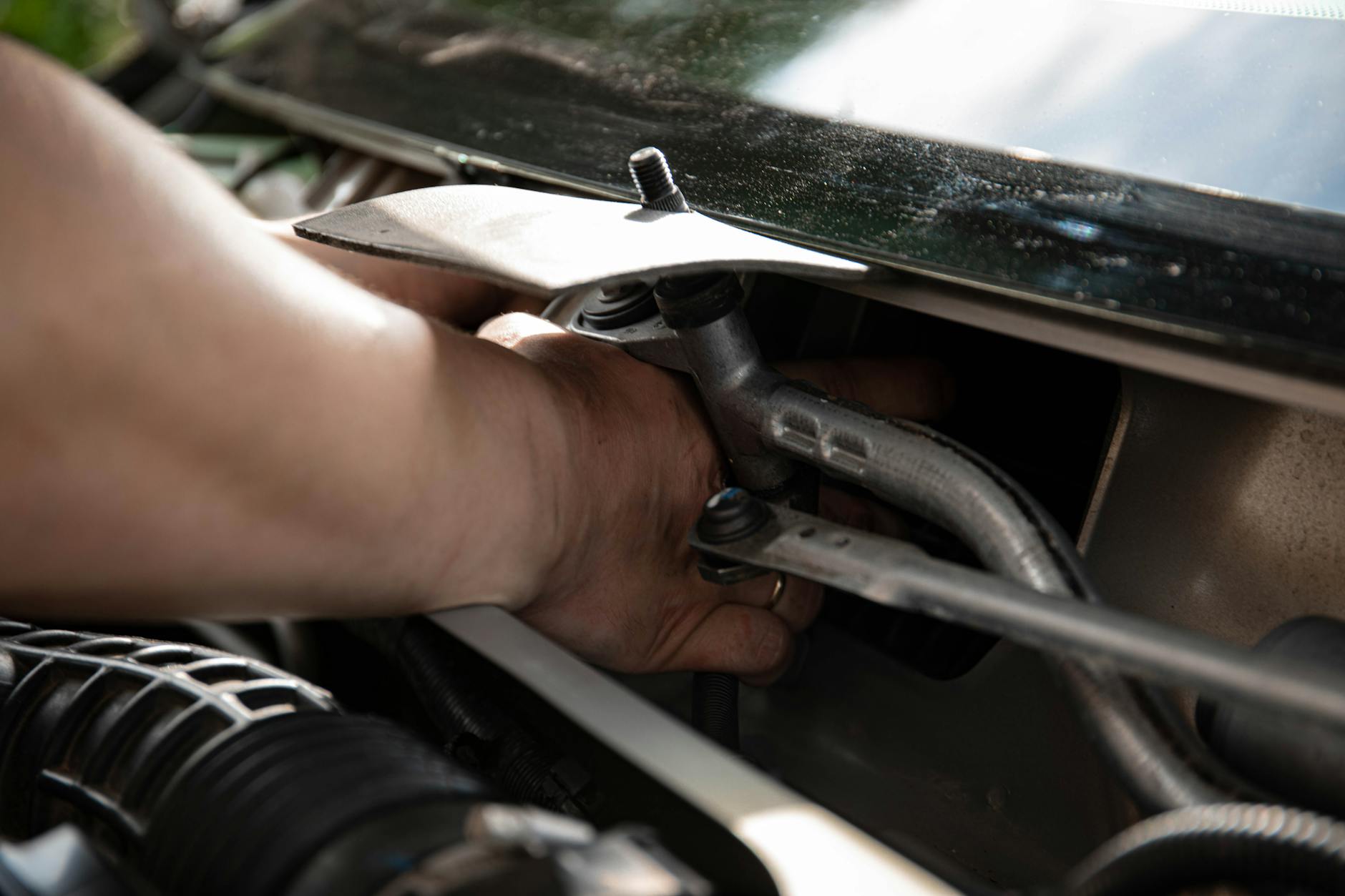

An oxygen concentrator is a vital, life-sustaining medical device for individuals with respiratory conditions. It provides a continuous supply of purified oxygen, offering independence and improving quality of life. However, to ensure this machine operates safely, efficiently, and reliably for years, regular maintenance is not just recommended—it’s essential. Neglecting its care can lead to reduced oxygen purity, mechanical failure, and costly repairs. This guide will walk you through the essential tips and tricks for proper oxygen concentrator maintenance. By investing a small amount of time in routine upkeep, you can significantly extend the lifespan of your device, ensuring it remains a dependable part of your health management plan and giving you valuable peace of mind.
Before diving into cleaning schedules, the most crucial step is to get acquainted with your specific oxygen concentrator model. While most concentrators operate on the same principle—drawing in ambient air, filtering out nitrogen, and delivering concentrated oxygen—their components and maintenance requirements can differ. Your user manual is your best friend. It contains detailed diagrams, specifications, and manufacturer-recommended schedules for cleaning and parts replacement.
At its core, a concentrator has a few key parts that you’ll need to pay attention to:
Understanding what these parts do provides the context for why their maintenance is so important for the device’s overall health and longevity.
Consistent cleaning is the single most effective thing you can do to extend your concentrator’s lifespan. Dust and pet dander are the primary enemies, as they can clog filters, cause the machine to work harder, and lead to overheating.
Cleaning the cabinet filter
This is your first line of defense. The external cabinet filter, often a small foam-like screen, traps larger particles. It should be cleaned at least once a week, or more often if you have pets or live in a dusty environment.
Internal filters and humidifier care
Most concentrators also have internal filters, such as a HEPA filter, that are not washable and must be replaced periodically. Your user manual will specify the replacement interval, which could range from every six months to every two years. For the humidifier bottle, if you use one, it’s critical to clean it daily with soap and water and refill it with distilled water only. Using tap water can lead to a buildup of mineral deposits and encourage bacterial growth, which is a health risk.
How you use your concentrator every day has a significant impact on its longevity. Proper operational habits reduce unnecessary strain on the machine’s motor and compressor. The most important factor is ventilation. Your concentrator needs to breathe. Place it in an open space, at least 6-12 inches away from walls, curtains, and large furniture. This ensures it can draw in enough air and dissipate heat effectively. Never operate it in a small, enclosed space like a closet.
Furthermore, ensure a stable power source. It is strongly recommended to plug the concentrator directly into a wall outlet. Avoid using extension cords, especially long or thin ones, as they can cause a voltage drop that can strain and damage the motor over time. Finally, regularly inspect your oxygen tubing and nasal cannula for kinks, cracks, or blockages. These disposable items should be replaced according to your healthcare provider’s instructions to ensure you are receiving the prescribed flow rate and to maintain hygiene.
Creating a routine makes maintenance manageable. Sticking to a schedule ensures nothing is forgotten and keeps your device in peak condition. Below is a general maintenance schedule, but remember to always defer to your specific model’s user manual.
| Frequency | Task | Notes |
|---|---|---|
| Daily | Clean and refill humidifier bottle | Use distilled water only. |
| Weekly | Wash the cabinet particle filter | Check for any alarms or unusual noises during operation. |
| Monthly | Inspect tubing and cannula for damage | Replace as needed or per your provider’s schedule. |
| As Per Manual | Replace internal filters (e.g., HEPA) | This schedule varies greatly by model (e.g., every 6 months, annually). |
| Annually | Schedule professional servicing | A technician can check oxygen purity and service internal components. |
While you can handle routine cleaning, it’s also important to know when to seek professional help. Your concentrator is equipped with alarms for a reason. If you hear an alarm for low oxygen concentration, power failure, or no flow, consult your user manual’s troubleshooting section. If the issue persists, do not hesitate to contact your equipment provider. Ignoring alarms or attempting to service the internal components yourself can be dangerous and may void your warranty.
Your oxygen concentrator is a sophisticated and durable piece of medical equipment, but its longevity is directly tied to the care it receives. By following a consistent maintenance routine, you are taking proactive steps to protect your investment and, more importantly, your health. Simple tasks like weekly filter cleaning, ensuring proper ventilation, and using distilled water in the humidifier can prevent the most common causes of malfunction. Combining these hands-on efforts with an awareness of operational best practices and knowing when to call a professional creates a comprehensive care plan. Ultimately, maintaining your oxygen concentrator is a small commitment of time that pays huge dividends in reliability, performance, and the peace of mind that comes from knowing your lifeline is in excellent working order.
Consistent and reliable shipping – that's our promise.
Your payment information is safe with our secure systems.
We're here to help! Get fast and friendly solutions to your questions.
Shop with confidence. Money back guaranteed.
BDMEDI is a trusted medical equipment provider in Bangladesh. We offer oxygen concentrators, wheelchairs, and other essential health products both online and offline — ensuring quality service at an affordable price.
+880-17116-33404
